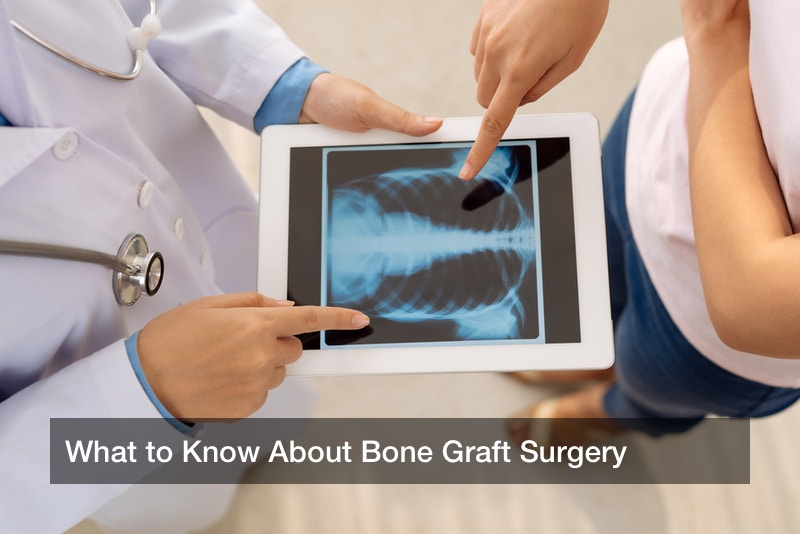
The modern American healthcare system is a large and diverse one, and an enormous variety of health ailments can be treated through surgery and medication at hospitals. This even includes a patient’s bones, which are not to be taken for granted. Bones may become broken, develop cancer, or worse, and surgeons will be ready to perform bone graft surgery on any patient who needs it. Modern equipment such as a graft delivery device can e used, and bone grafting technology has come a long way. Now, bone graft surgery is safer and easier than ever, and surgeons can perform bone graft surgery with simple and practical medical devices. What should a patient know about how and why bone material may be grafted during bone graft surgery, and which source of bone material might be preferable? There is more than one way to get new bone tissue, after all.
All About Bone Surgery
Many studies are conducted to track the overall state of American public health and track what sort of surgery is performed, and the numbers confirm that many Americans need new bone tissue for a variety of reasons. A study was conducted over the course of 16 years to measure data on bone grafting, and the results are now clear. Among all two million bone graft patients in that time frame, around 83% of those grafts involved autogenous bone that came from he patient’s own body, and 17% of grafts involved substitutes and artificial bone matter. Still, in that same study, the numbers suggested that there is a gradual trend away from traditional grafts and toward bone substitutions in the United States today.
Why might someone need bone graft surgery done on them? Many reasons exist, but four in particular are the most typical. One of them is if the patient has multiple bone fractures that did not heal properly, and another is to help promote fusion and help two bones heal across a joint that suffered damage. In other cases, bone grafts supply new tissue after disease or injury, and lastly, bone tissue may be grafted after the implantation of medical dev8ices (joint replacements and the like). And before bone graft surgery is performed, the patient may be asked what sort of graft they want done, with autografts and allografts being the most common choices. What is the difference between them?
Bone Sources and Their Advantages
First, consider bone allografts. This describes when bone tissue from a different person’s body is used for the bone graft. One reason to do this is if the surgeons or patient do not want the extra incisions and operations necessary for an autograft, where the bone comes from the patient’s own body. To avoid those risks, an allograft is used.
The bone material likely came from a deceased person who agreed beforehand to let their bones be used like this. After that person died, their bones are removed, and tested for any serious diseases or other issues. Should the bones be clean, they are put into cold storage until they are needed for bone grafts. The bone tissue and the marrow inside are dead and do not produce red blood cells, so matching blood types is not necessary.
By contrast, an autograft is indeed when the patient’s own bone material is used for the graft, such as if allograft material is not available or not desired. The donor bone tissue may come from a part of the patient’s skeleton such as the jawbone or other area, and grafted into the operation site. The blood types are bound to match, and the body will not reject its own tissue. Doing this requires some extra surgery to obtain the bone material, but if that is deemed safe enough, the operation can proceed.
Either way, once bone material is implanted, the patient may have hardware such as metal plates, wires, and screws added to help keep the new bone tissue in place and prevent injury or deformed tissue. The patient may also be advised on how to handle their everyday life while the new bone material settles in (to avoid distressing the body).

